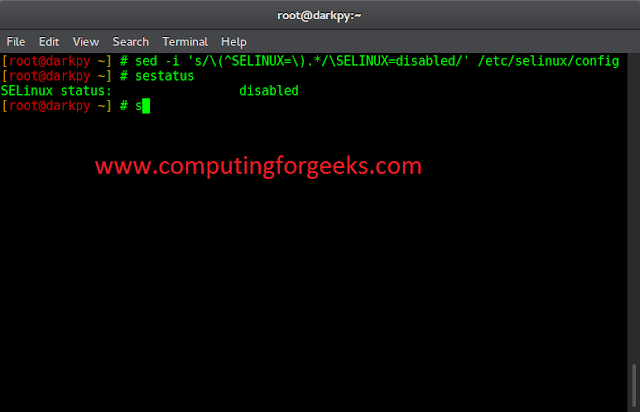Let’s discuss an extension module that needs to handle a pointer to a C data structure, without exposing any internal details of the structure to Python. Opaque data structures can be easily handled by wrapping them inside capsule objects as shown in the code snippet below.
Code #1 :
typedef struct Point { double x, y; } Point; extern double distance(Point *p1, Point *p2); |
Refer Prev Article to find the distance() function – Using C codes in Python.
Code #2 : Code given is an extension code that wraps the Point structure and distance() function using capsules.
/* Destructor function for points */static void del_Point(PyObject * obj) { free(PyCapsule_GetPointer(obj, "Point")); } /* Utility functions */static Point * PyPoint_AsPoint(PyObject * obj) { return (Point *) PyCapsule_GetPointer(obj, "Point"); } static PyObject * PyPoint_FromPoint(Point * p, int must_free) { return PyCapsule_New(p, "Point", must_free ? del_Point : NULL); } /* Create a new Point object */static PyObject * py_Point(PyObject * self, PyObject * args) { Point * p; double x, y; if (! PyArg_ParseTuple(args, "dd", &x, &y)) { return NULL; } p = (Point *) malloc(sizeof(Point)); p->x = x; p->y = y; return PyPoint_FromPoint(p, 1); } static PyObject * py_distance(PyObject * self, PyObject * args) { Point * p1, *p2; PyObject * py_p1, *py_p2; double result; if (! PyArg_ParseTuple(args, "OO", &py_p1, &py_p2)) { return NULL; } if (!(p1 = PyPoint_AsPoint(py_p1))) { return NULL; } if (!(p2 = PyPoint_AsPoint(py_p2))) { return NULL; } result = distance(p1, p2); return Py_BuildValue("d", result); } |
Code #3 : Using the above function in Python
import sample pt1 = sample.Point(2, 3) pt2 = sample.Point(4, 5) print ("pt1 : ", pt1) print ("\npt2 : ", pt2) print ("Distance : ", sample.distance(p1, p2)) |
Output :
pt1 : <capsule object "Point" at 0x1004ea330> pt2 : <capsule object "Point" at 0x1005d1db0> Distance : 2.8284271247461903
- Capsules are similar to a typed C pointer.
- They hold a generic pointer along with an identifying name and can be easily created using the
PyCapsule_New()function. PyCapsule_GetPointer()function is used to extract the pointer contained inside a capsule.- Garbage collection and memory management is a tricky part that concerns about the capsules.
PyPoint_FromPoint()function accepts a must_free argument that indicates whether the underlying Point * structure is to be collected when the capsule is destroyed.

